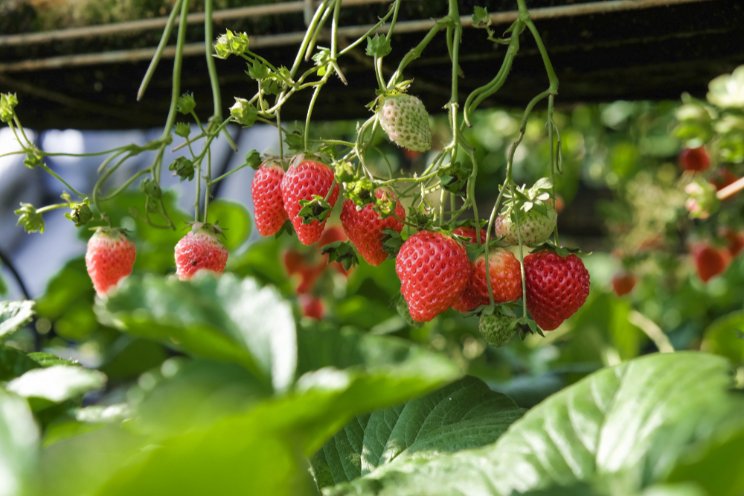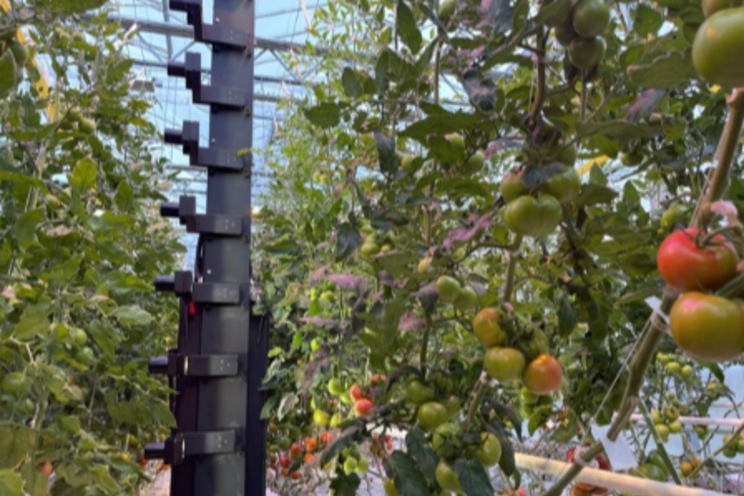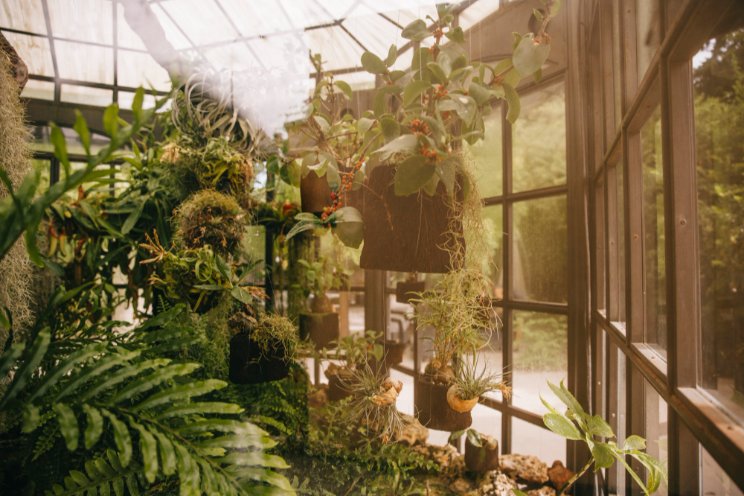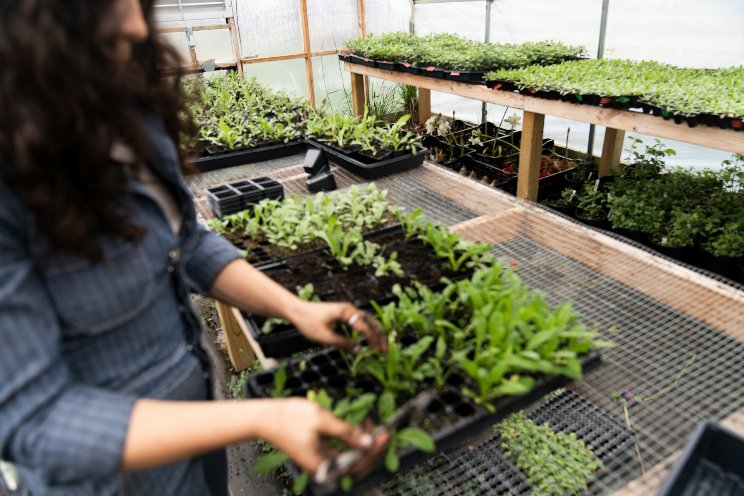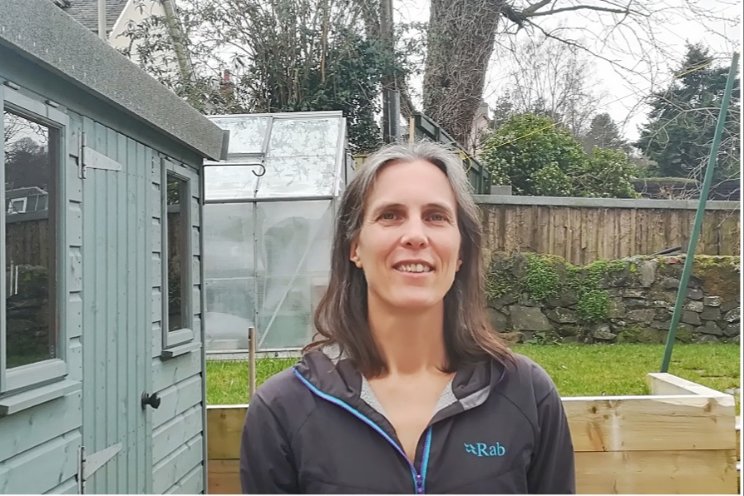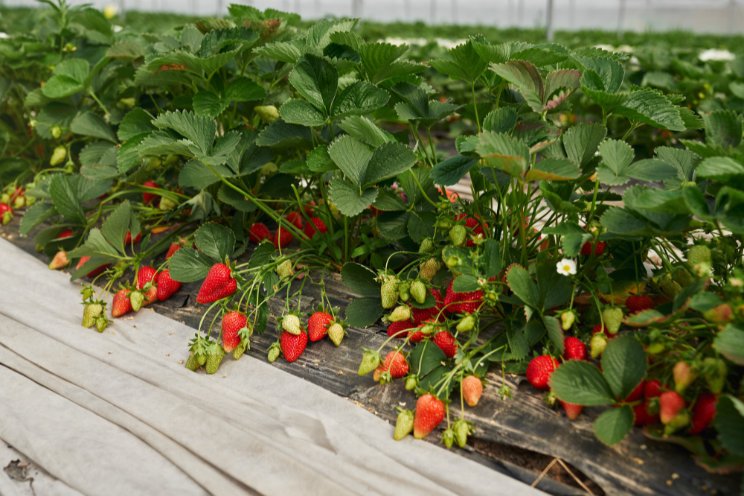The Taguchi method streamlines plant growth optimization
Added on 10 May 2023

Researchers have saved time and money in designing and conducting experiments on plant growth by using the Taguchi method, a statistical approach to experiments. This method helps investigate multiple environmental factors simultaneously. For example, the study chose 27 treatments. Then, it used the signal-to-noise ratio to predict the best levels of each environmental condition to maximize basil and lettuce growth parameters.
The results showed that most parameters, except EC (electrical conductivity) and relative humidity for specific growth parameters, were interrelated. These findings provide valuable insights for vertical farmers seeking to maximize the growth and yield of their crops.
Confirmation tests were carried out to validate the results using the predicted optimal parameters. As a result, the Taguchi approach proved effective in determining the ideal environmental conditions for plant growth in vertical farms, as evidenced by the low error ratio (1-3%) between the expected and predicted values.
Photo by George Dagerotip on Unsplash
More news


